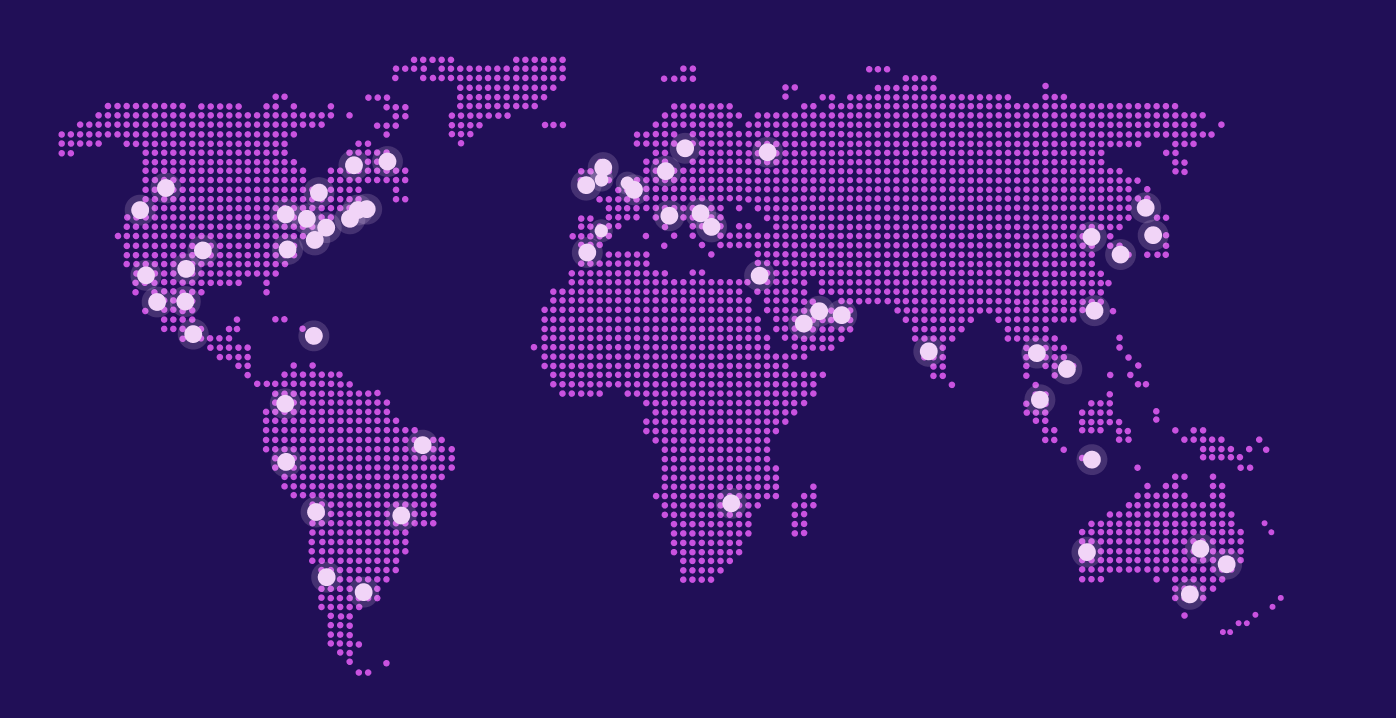
Dependability and redundancy – how can a CDN make sure your Web content is always available?
What is a CDN, and how does it work?
A content delivery network (CDN) is a system of distributed servers (network) that deliver webpages and other Web content to a user based on the geographic locations of the user, the origin of the webpage, and a content delivery server.
In lay-man terms, CDN transfers the data hosted at the origin to the eyeballs of its viewers. An origin is anywhere that the data you want your users to see is stored.
At its essence, a CDN is a network of servers collectively linked to delivering content as quickly, economically, reliable, and secure as practicable. A CDN will place servers at the exchange points between different networks to improve agility, speed, and connectivity.
These Internet exchange points (IXPs) are the primary locations where different Internet providers connect to provide each other access to traffic originating on their various networks. A CDN provider can reduce costs and transit times in high-speed data delivery by linking to these high-speed and highly interconnected locations.
What is disaster recovery, and how does it work with a CDN?
CDN is principally used to deliver large-file content that is often static: Video, music, images, etc. Additionally, it is used increasingly for streaming media.
For instance, a company that delivers a streaming video content update weekly to thousands of users distributed across the globe would make good use of a CDN. (Disney+, Hulu, Amazon Prime, Apple TV, etc., are all using CDN technology.) Compared to a conventional delivery method where all users connect to a centralized server, the user experience will vary based on several factors like their distance from the server.
Viewers accessing the streaming video from another state or country would see slow video load times and buffering issues due to higher latencies. And all viewers could experience delivery issues should the centralized server hit user connection limits or other resource depletion problems.
CDNs solve these issues by delivering the streaming media to local cache servers, which decreases the load on the central or origin server—diminishing the likelihood of overload—and guarantees that latency between the stream and the viewers stays lower.
What happens when a CDN goes down?
2021 has been a year of significant outages. As such, we’ve gotten a first-hand peek at what happens when a CDN goes down. If a web asset isn’t multi-tenanted across more than one CDN… down goes the site. Popular sites like GitHub and Reddit went down with the Fastly outage, and the world’s largest airlines all were down during the Akamai downtime. Imagine what even a few minutes without their site running translates to for companies like American Airlines and Delta? The cost of a second or third CDN can’t possibly compare to those lost bookings.
How can I ensure that my website is always online?
Good infrastructure hygiene. Map out your infrastructure and add redundancy at every level. Never rely on one provider to keep you up. Single sources of failure are the enemy. If your content can only be pulled from one place, fix that. If you are using only one CDN – it’s time to implement multi-CDN. CacheFly has been lucky this year to avoid any major outages or downtime. We work hard to keep our network up and running, but outages can happen to any provider at the end of the day. That’s why we recommend multi-CDN solutions to our customers. We love working in a system where we only earn the traffic we deserve. Some of that is because we’re confident we’ll outperform the competition but additionally, we don’t want to see our customers suffer an outage. We’re happy to sit down and review your infrastructure with you to evaluate which multi-CDN approach could work best for you. Some companies have their internal load balancer while others outsource to NS1 Pulsar, Constellix, System 73, or another technology partner to set up routing rules. Let’s find a solution that works for you!
Product Updates
Explore our latest updates and enhancements for an unmatched CDN experience.
Book a Demo
Discover the CacheFly difference in a brief discussion, getting answers quickly, while also reviewing customization needs and special service requests.
Free Developer Account
Unlock CacheFly’s unparalleled performance, security, and scalability by signing up for a free all-access developer account today.
CacheFly in the News
Learn About
Work at CacheFly
We’re positioned to scale and want to work with people who are excited about making the internet run faster and reach farther. Ready for your next big adventure?




